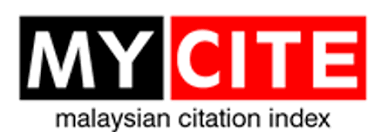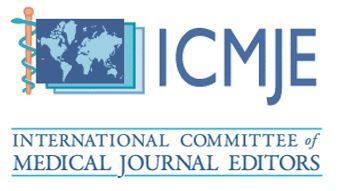Performing Solat in Spinal Cord Injury Patients: Challenges and Solutions
DOI:
https://doi.org/10.51200/bjms.vi1.3751Keywords:
solat, spinal cord injury, indwelling catheterAbstract
Background and aims: Solat (Islamic prayer) is the second pillar of Islam. Solat is performed at five appointed times in a day as commanded in the Quran, “Verily, Solat is an obligation on the believers to be observed at its appointed time” (Qur’an 4: 10). Muslims who preserved their solat show high levels of spirituality which correlated with enhanced quality of life and well-being, also lower levels of depression and psychological stress. However, from our experience, spinal cord injury (SCI) patients face many limitations to perform solat. Methods: An 18-year-old Malay lady with underlying follicular thyroid carcinoma and T-lymphoblastic lymphoma. She underwent multiple chemotherapies, which were complicated with transverse myelitis resulting in an incomplete paraplegia L2 level. She has a neurogenic bladder on the indwelling catheter, unregulated neurogenic bowel, and impaired mobility. She has good faith in Allah and had good compliance to solat before the illness. Results: Since being diagnosed in 2018, she unintentionally did not perform solat due to limited mobility to go to the bathroom for ablution. She also misunderstood that solat cannot be performed with an indwelling catheter and pampers in situ. She was unsure how to perform solat if unable to stand, lacked confidence with wheelchair hygiene, and thought that solat was not compulsory due to her illness. Some patients did not perform solat due to emotional or psychological issues such as anger toward God. However, this is not the issue with her, as her Spiritual Injury Scale was normal. Conclusion: It is essential to educate healthcare workers to identify the limitations/ out of norm/ rukhsah/ leniency in Islam related to solat and understand the conditions of the validity of solat. This is to equip patients with the knowledge and ensure they are well guided on performing solat. Education and reaffirmation of the modified way of performing solat among SCI patients will normalise their new norm.
Downloads
Published
How to Cite
Issue
Section
License
All articles are published under the Creative Commons Attribution-NonCommercial (CC BY-NC 4.0) license, enabling users to read, download, copy, distribute, and adapt the material for non-commercial purposes, provided proper credit is given to the original authors and the source. This model supports transparency, accessibility, and the global exchange of medical knowledge.








1.png)





